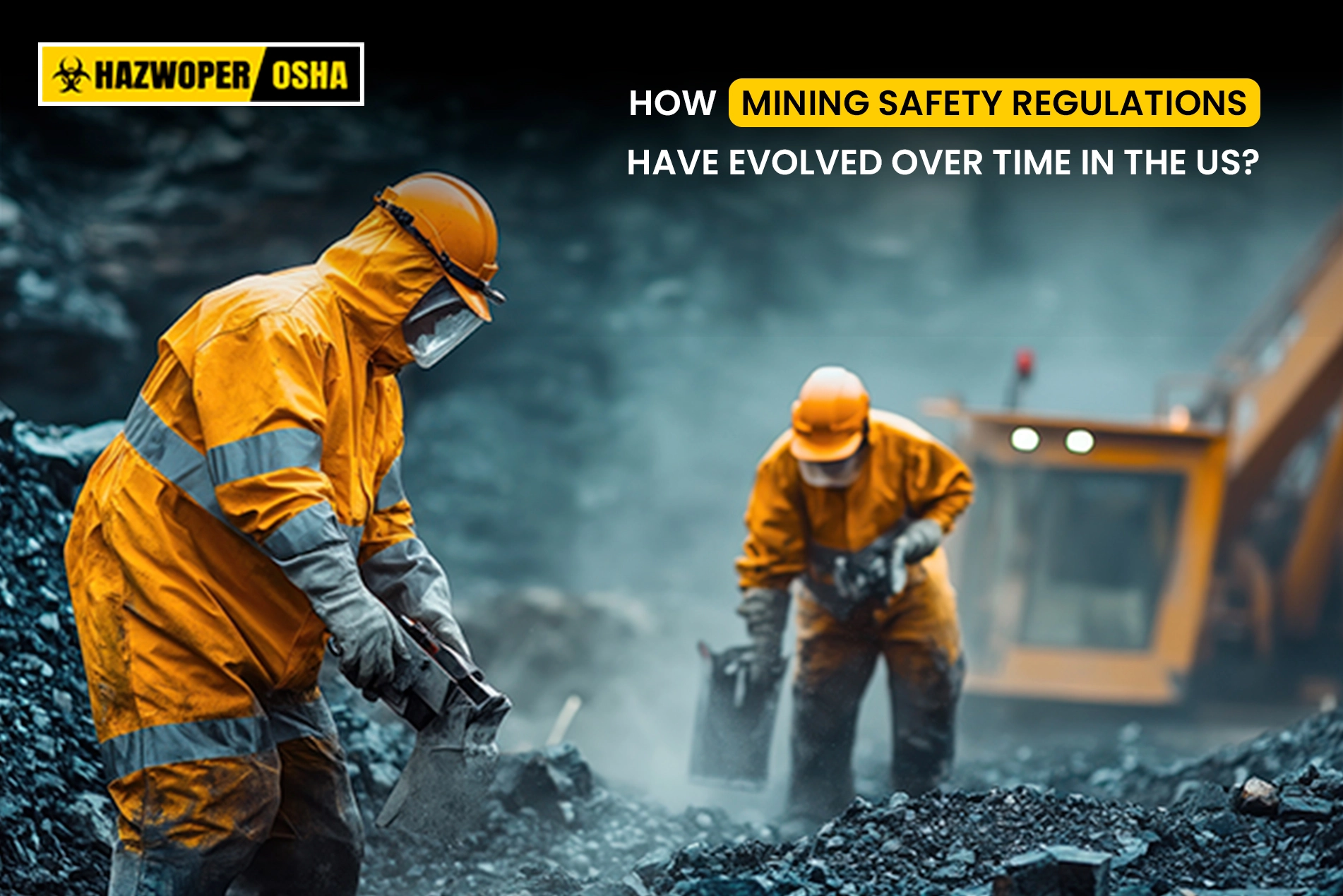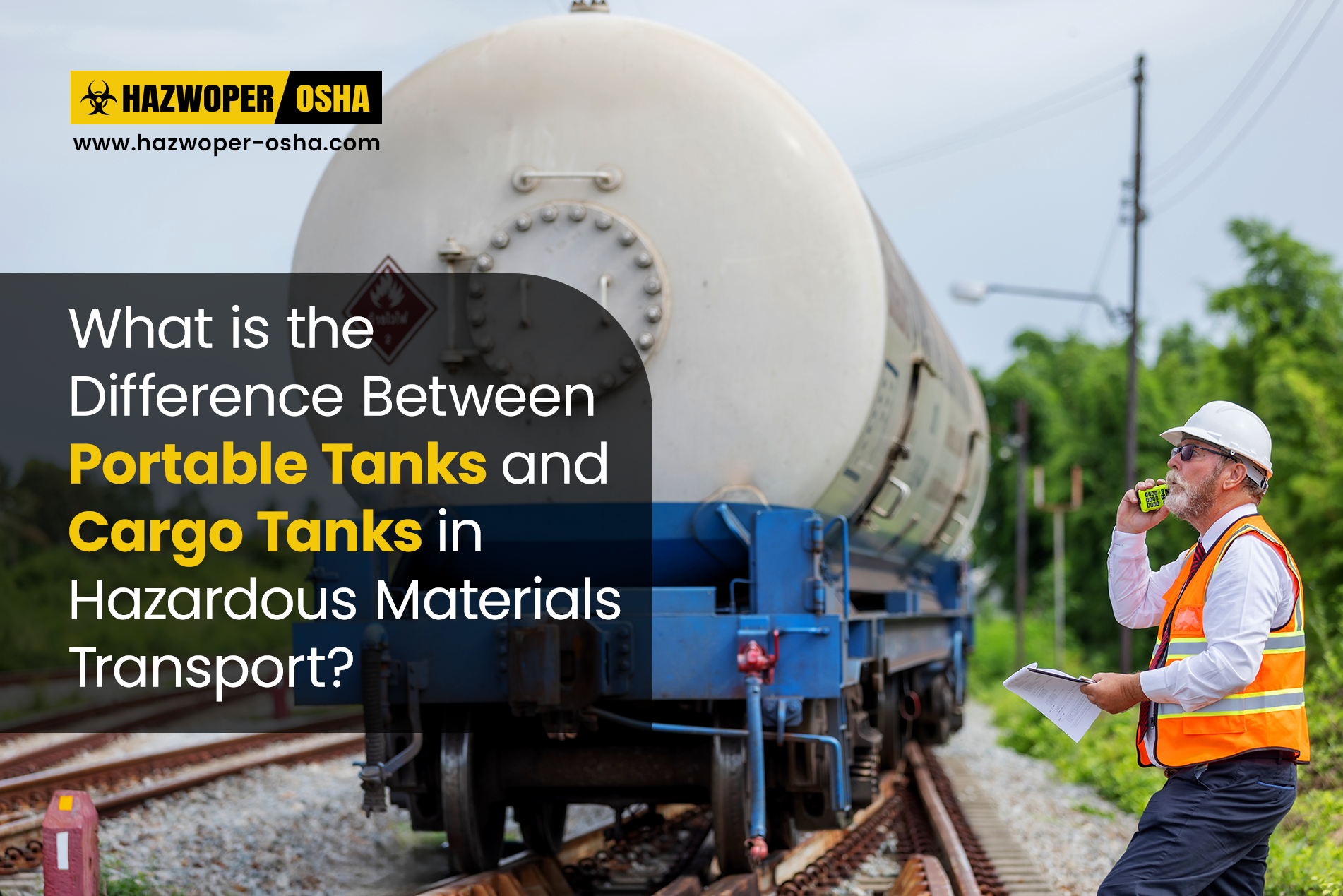How mining safety regulations have evolved over time in the US?

As our knowledge of best safety practices evolves, so too does our legislation. This is true for many industries, but particularly mining, a sector which carries an inherent risk due to the nature of the activities undertaken. Thankfully, research combined with technology allows us to draw insights into the best practices for mining in the modern world, reducing both risk to workers and harm to the environment.
In this post, we take a look at how mining safety regulations have changed over time in the US.
First federal statute for mine safety (1891)
The first piece of mining legislation came into effect in 1891 and applied only to mines in US territories. Far from expansive, but important nonetheless, it established minimum standards of ventilation for underground coal mines. Additionally, it stated that mine companies could not hire children under the age of 12 – an inconceivable consideration in 2024.
Creation of the Bureau of Mines (1910)
The turn of the century saw coal mine fatalities exceed 2,000 annually, and as a result, the Bureau of Mines was created by Congress to tackle the issue. The Bureau came under the umbrella of the Department of the Interior, and was focused on conducting research that would reduce accidents in the industry. Unfortunately, they were not permitted to carry out any actual inspections, and this hindered their progress. They would not gain permission to actually inspect working mines until 1941. Even then, they could not mandate any health and safety regulations.
Safety standards created (1947)
Eight years after the Bureau of Mines gained permission to inspect the mines, the first federal safety standards were created for bituminous coal and lignite mines. The inspectors were able to notify the mine operator and the state mine authorities if a mine wasn’t up to standard, but they weren’t able to enforce the rules – it was just a notification of risk, informing the owner that things should be improved.
Coal Mine Safety Act (1952)
The next piece of legislation to come into effect was probably one of the biggest changes the industry had seen. Called the Federal Coal Mine Safety Act, it began to enforce an extended version of the rules that had been laid out several years earlier, with the intention of reducing the number of fatalities and serious injuries occurring in the mines. The new laws meant that inspectors could carry out annual visits to mines, and could finally issue violation notices and imminent danger withdrawal orders. It also laid out mandatory safety standards.
Mine owners now also had to give access to inspectors when they asked; if they refused, they could be issued a monetary fine.
Federal Coal Mine Safety Act is extended, and the Federal Metal and Nonmetallic Mine Safety Act is passed (1966)
In the years following the Coal Mine Safety Act, legislation was extended and improved upon to better protect miners in the evolving industry. The extended Coal Mine Safety Act covered all underground coal mines, and the Federal Metal and Nonmetallic Mine Safety Act provided for non-coal mines for the first time. Overall, there was a larger awareness of safety best practices in all types of mines.
Creation of Mine Safety and Health Administration (1977) and the MINER Act (2006)
In 1977, the Mine Act that still stands today was introduced. A new agency was created, under the Department of Labor rather than the Department of Interior, called the Mine Safety and Health Administration (MSHA). This agency was monitored by the Federal Mine Safety and Health review to make sure that it was up to standards.
The new rules meant that underground mines could expect four annual inspections, whilst surface mines would only have two. Additionally, miner rights were expanded and awareness schemes and extra training came into place. Mine rescue teams were also brought in, in case of disaster. This was a huge turning point for the industry.
In 2006, this legislation was updated under the Mine Improvement and New Emergency Response Act (MINER Act). These new regulations offer greater protection in case of emergency situations, as well as greater penalties for breaking the rules.
A safer future
Today, the Mine Act is applicable to all mines throughout the US. In an industry that comes with a certain level of risk, it’s crucial that all mines and miners work within this framework in order to ensure the safety of everyone involved as much as possible.

 EN |
EN |  ES
ES

































































































































